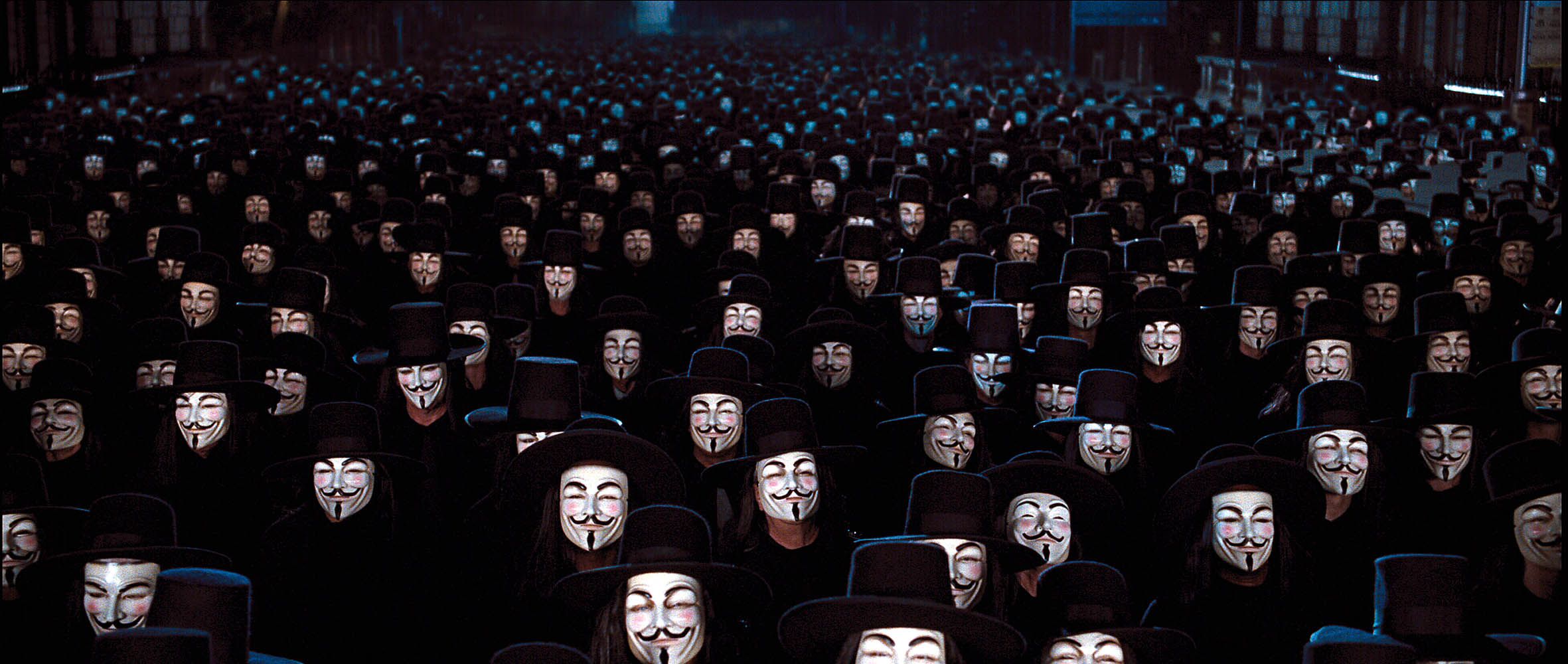Dystopian Films: Why this charming, yet disturbing, genre is here to stay
The concept of fictional Film Dystopias initially sparks up thoughts of fanciful fictitious fantasy that are in many cases (gladly) far detached from our own world, being the product of the profound, morbid and wandering imaginations of screenplay and literary fiction writers. Yet, despite these worlds or ‘realities’ being ones that often inspire disgust, hate or fear in us, their ability to intrigue and provoke our curiosity makes them uncomfortably charming and captivating regardless, and thus, explains why the genre successfully endures the passage of time. Some of the most stellar works have come to us, historically, on the large screen with other successful ones coming in the form of series.
Films utilising this genre are abundant with some appearing at the early start of the twentieth century. From the realistic and ‘real-world critical’ worlds such as the morally bankrupt and honourless, sleazy city of New York: “a dirty Town” inhabited by ‘human sharks’, “pitiless and cruel” (as established film critic, Roger Ebert refers to them) in the classic noir Sweet Smell of Success (1957), to intimidating parallel and possible worlds, like Fritz Lang’s classic Metropolis (1927), or futuristic ones such as Blade Runner (1982), Running Man (1987) or Total Recall (1990). All classics which constitute the backbone of the 1980s Sci-Fi canon.
The small screen has also aired quality content pertaining to the genre, such as the vision of the shared imperial territories of 1962 America owned by Imperial Japan and Nazi Germany in a perverse vision of a reality (should the axis powers have won the Second World War) in The Man in the High Castle (2015-17); or the despicable world of fertile female slavery in The Handmaid’s Tale (2017); or creepy Victorian-era set, Tim Burton-esque horrors like Penny Dreadful (2014) that are plagued with the horror of the supernatural and the darker characteristics of humanity.
These characters typically achieve identification with us in their struggle against adversity, injustice and often their greatest challenge being themselves and their own personal inhibitions
Most follow the theme of the dystopic world being political – worlds often being held under totalitarian or fascist control (far removed from the democratic societies that prevail in our world), with typical structural barriers set out that idealistic individual characters are to overcome in their ‘Hero’s Path’ development. These characters typically achieve identification with us in their struggle against adversity, injustice and often their greatest challenge being themselves and their own personal inhibitions.
For such, there is a myriad of examples such as the ‘District’, a class-like system in The Hunger Games (2012) which Katniss finds herself in or the totalitarian ‘Ministries’ like the ‘Ministry of Truth’, the enormous pyramidal, glittering white concrete structured Headquarters of the ruling elite in Orwell’s ‘1984’, which Winston is embattled against. Even the notorious British Union of Fascists party inspires the fictional Nordic-supremacist and Neo-fascist “Norsefire” who gain power in the UK after a worldwide nuclear war between the USA and USSR in 1988 decimates the Earth in James McTeigue’s adaption of Alan Moore and David Lloyd’s comic book series: V for Vendetta.
Dystopias achieve such a profound level of immersion in us that we begin fantasising what our own lives would be like in such alternate universes
Despite such settings of dark, mysterious and horrifying environments and political hells, these Dystopias achieve such a profound level of immersion in us that we begin fantasising what our own lives would be like in such alternate universes, with the aforementioned clever character identification of struggle. However, this is only one part of the genre’s two-pronged tactic in achieving our engagement. Another source derives from our human and emotional connections to the characters within the constructed worlds, some of whom we find oh so uncomfortable yet natural in identifying with, as in the case of the fallen hero ‘Sweeney Todd’ in Burton’s Sweeney Todd: The Demon Barber of Fleet Street (2007). Their plights, sorrows, pain of loss, betrayal, fear, ambition, greed along with their experiences in coming to terms with the ‘reality’ that they find themselves in, isn’t too far removed from our own experiences of maturing learning, engaging with and adapting to our own ‘real world’.
Such identification we have with the human element to these inhuman worlds drives our love and adoration for them and to fantasise further on alternate history and lore built within them. Success of the genre is further compounded in successful video games, such as ‘Fallout’ or ‘Wolfenstein RPG’. Their sales statistics prove adventures and stories founded around their dark narratives show no sign of losing appetite or interest and so shall continue to be a staple for the plots and settings of films and universes in the future.

Comments